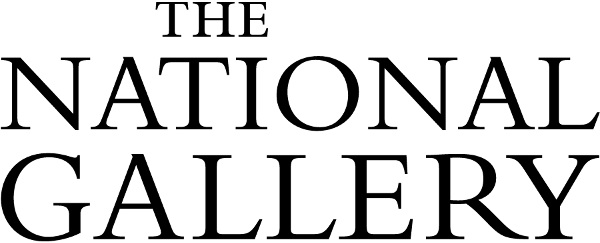Lux Allowance - About
What it does
This Lux allowance calculator is used to check the calculated light exposure (in lux hours) for an object or group of objects for a selected period of display. This is based on three parameters:
- The type of objects being lit
- The number of hours of light needed
- The desired light (lux) levels
The period of time can be adjusted, for example, a whole year or just for the duration of a temporary exhibition. The standard example calculations provided are is based on figures quoted by Thomson in The Museum Environment[1] and revisited by Saunders in Museum Lighting - A Guide for Conservators and Curators[2].
The output from the calculator represent the total light exposure for the selected period rather than just a target lux value. This total represents a planned cumulative light dose or ‘allowance’, that must accommodates normal opening hours, maintenance and security arrangements and out-of-hours activities. To keep the calculated light allowance below the limits given for a particular object type, it may be necessary to limit the number and duration of out-of-hours activities and/or reduce the light levels for the duration of such activities.
Lighting guidelines, in the conservation literature, based on cumulative light exposures are generally averaged out over a typical year and can be combined with an absolute maximum lux level that should not be exceeded. In practice, these limits can be converted into operational lux level limits (or lux set points) adjusted to accommodate the required lighting duration. When preparing a lighting plan, a range of values need to be considered[3].
The cumulative allowance will need to accommodate
- Public opening hours
- Lighting for additional planned out-of-hours events
- Lighting for daily cleaning and maintenance
- Lighting for overnight and security patrols
- Additional lighting for unforeseen events
Why is it useful
There is increasing pressure for collections and institutions to extend their opening hours and develop events and activities programmes, with the result that collections are being exposed to more light. This directly results in increased cumulative exposure of a collection to the damaging effects of light and potentially accelerates deterioration processes. This increase in light exposure together with any increases in other ‘agents of deterioration’[4]* such as handling and movement of the collection, activity-induced vibration and increased levels of dirt and pest ingress, can lead to an increased overall risk and potential for damage, not just to collections but also to the building fabric and engineering systems providing environmental controls.
The original calculations (proposed by Thomson) were based on an average 200 lux for 8 hrs per day plus a low level of adventitious and security lighting for the remaining hours of each day (Thomson 1986, 30). However, many institutions are now open far longer, thus complicating these calculations, and a simple illuminance limit is no longer suitable.
Recent work in preventive conservation research has resulted in a re-examination of the recommendations for cumulative light exposure levels and limits. The overall recommended levels may have been reduced, relative to previous levels, meaning there are potentially less ‘light hours’ available for out-of-hours activities. This has the potential to impact on how the institutions operates, for example, limiting the number of out-of-hours activities possible with the light allowance available.
Acknowledgements
This tool was originally developed within the National Gallery, but its continue development and public presentation has also been supported by the EU H2020 IPERION HS project[5].
Project Supporters
- [1] Thomson, Garry, The Museum Environment, 2nd ed., London ; Butterworths, 1986, https://lccn.loc.gov/85025446
- [2] Saunders, David, Museum Lighting - A Guide for Conservators and Curators , Los Angeles : The Getty Conservation Institute, 2020, pp. ??-??, https://lccn.loc.gov/2019021273
- [3] All ultraviolet (UV) radiation with a wavelength of less than 380nm must also be excluded from the light, whether from natural or artificial sources.
- [4] https://www.canada.ca/en/conservation-institute/services/agents-deterioration.html
- [5] IPERION-HS 'Integrating Platforms for the European Research Infrastructure ON Heritage Science', has received funding from the European Union's Horizon 2020 project call H2020-INFRAIA-2019-1, under GA No. 871034.

